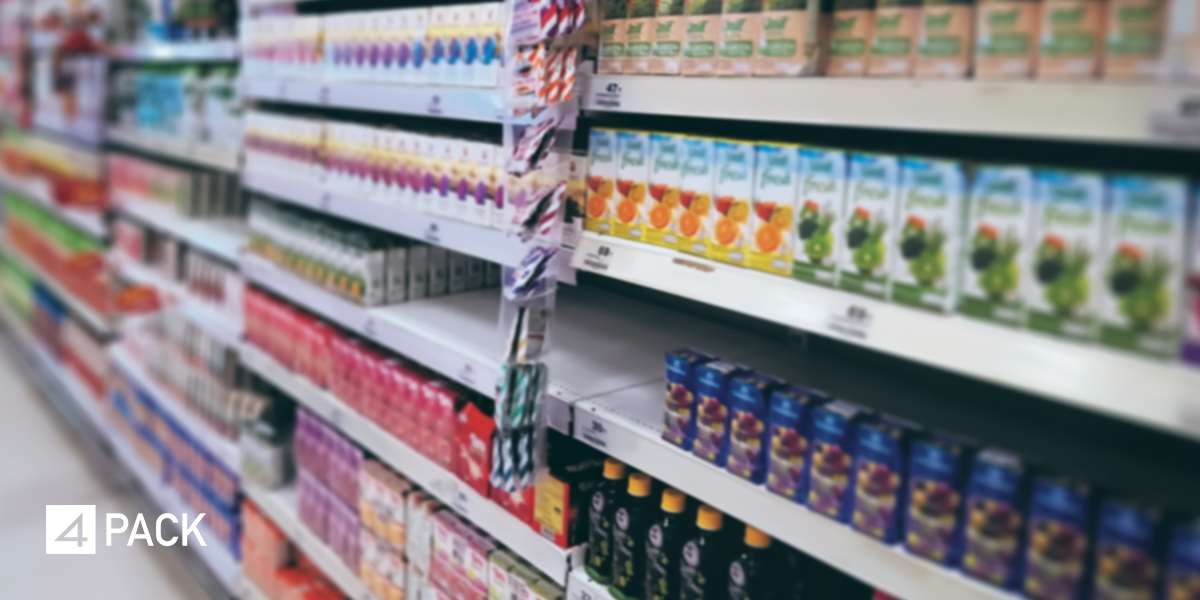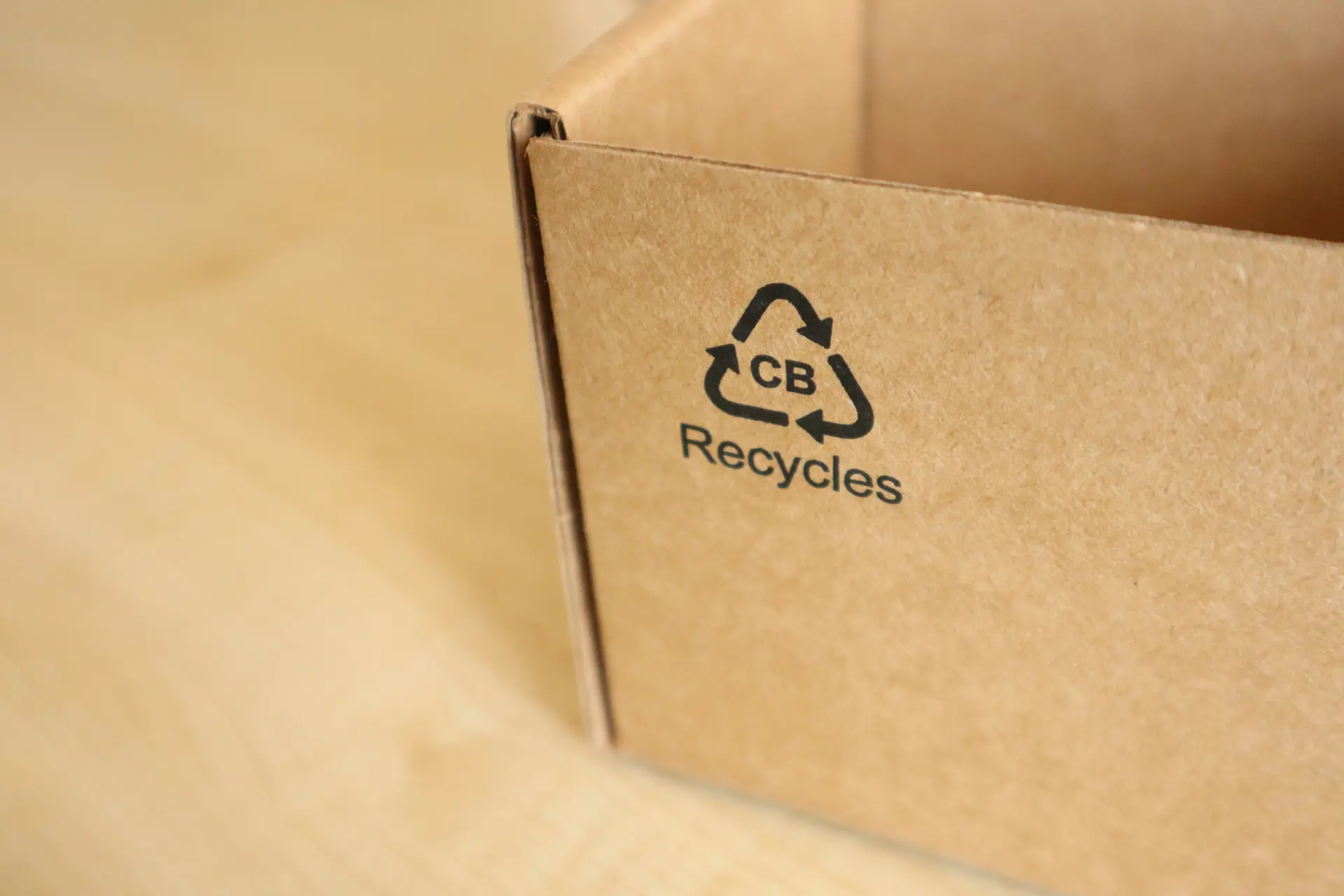What CPG Leaders Need to Know
Many senior leaders in consumer goods businesses make decisions that affect product packaging operations. Since they are rarely directly involved, they don’t always understand the impact of those decisions.
It is perhaps unsurprising that they regard it as simply an offshoot of the product development process. Easily taken for granted as a container, a label and a cost line item. A relatively simple final aspect of the product development and design process which doesn’t require a huge amount of attention from their part.
They are missing something critical.
Product packaging is wrapped up with brand identity, customer experience and sustainability commitments. With increasing scrutiny from regulators and a growing consumer appetite for a greener approach to recycling and waste, CPG producers cannot afford to risk a packaging misstep.
Packaging is also a fundamental part of the product. It protects the contents and preserves quality, ensuring it reaches the consumer in optimal condition. At the same time it communicates important information, supports brand identity and helps influence purchasing decisions.
This matters to the whole senior leader team both at board and functional leadership levels. That means everyone from the CEO, CFO and COO to the Heads of Marketing, Operations, Finance, Sustainability and Product Development.
Executive Blind Spots around Product Packaging
According to a report by Gartner, organisations frequently overlook the need for robust packaging IT infrastructure. They mistakenly see packaging as a cost centre associated with product design rather than as an operational and compliance value driver.
Senior executives making enterprise-wide decisions about packaging management and systems often do so with no real understanding of what is involved or its complexity
The risk is that they make ill informed decisions, or under invest in critical packaging systems and resources. Packaging management has become so complex that organisations need solutions that can give them end-to-end oversight and control.
What is Product Packaging, Anyway?
The ‘box’ or wrapping that contains the individual product is only part of a far wider picture.
Product packaging spans multiple levels, and each one must be specified and designed:
- Primary Packaging – which directly contains the individual product (a box, a bottle, a jar, a blister pack and many other types)
- Secondary Packaging – the container packaging for shipping out multiple products (such as a multipack wrap or printed box)
- Tertiary Packaging – the bulk containers designed for storage or transport (shipping boxes, pallets, etc)
Protective Packaging may also be needed:
- Inner packaging that sits between primary and secondary layers for protection or separation (card separators, plastic bags)
- Damage prevention items (such as foam inserts or air pillows).
Display packaging is also required, to support the shelf display for retailers – sometimes these double as the secondary shipping packaging, but not always:
- Shelf-Ready Packaging (SRP) also known as Retail-Ready Packaging (RRP) which can be placed directly for ease as well as forming part of the shelf appeal.
- Display or merchandising units are often also created for promotional visibility – these might be shelf-standing, or freestanding display units (FSDUs) or specifically designed for endcap promotion.
Even primary product packaging has multiple components each of which must be carefully created:
- Labels – which both inform consumers and carry critical regulatory information. This might include legal disclosures and usage information as well vital aspects such as allergen information. It may also comprise sustainability and recycling marks such as OPRL. Sometimes these are printed on the primary container, or they can be applied as stickers.
- In-pack Leaflets or Inserts – which can be printed materials included inside the package (e.g. instruction booklets or leaflets, safety information and promotional coupons).
- Smart Packaging features – these include responsive or interactive technology (such as QR codes, NFC tags, freshness sensors), increasingly used both for customer engagement and, in the case of QR codes, to replace traditional printed literature or support sales promotions.
- Tamper-evident features – these include seals or indicators that show if a product has been opened. They are common in food, beauty, and pharmaceutical packaging (such as jar seals, security bands, peel tabs)
- Closures – packaging is part of the competitive challenge and closures such as caps or tops are often part of the product’s overall innovation and positioning.
- Temporary or time-limited promotions – these can add further packaging elements, such as stickers or on-pack print changes for specific batch production.
The business impact of product packaging
Product packaging design and management not only involves the coordinated efforts of teams from across the business, but it can impact the organisation in significant ways.
Product packaging impacts both product and brand perception, operational efficiency, sustainability performance and regulatory compliance.
Consumer demand for new product variants, lifestyle-led pack sizes and product innovation, not to mention the expectation of sustainable packaging changes, simply creates more complexity.
Regulators in every market are tightening up their sustainable packaging expectations around everything from the use of virgin versus PCR plastics onwards, including demanding exact disclosures about packaging waste composition, volume and impact. While they continue to require extreme care in labelling, especially around allergens, formulations, and risks to consumers.
Business risks abound. The packaging design and management process is chock full of possible points of failure which can bring costly delays, legal risks and brand inconsistency.
Why Product Packaging is a Board-Level Issue
Board stakeholders in consumer goods businesses can no longer afford to consider packaging as a peripheral issue for their firm.
Packaging decisions now touch every aspect of their business from sustainability targets to supply chain resilience and only intensify as growth into new markets and competitive product strategies both drive a proliferation of SKUs
The flip-side of this means that packaging can also become a lever for growth and competitive advantage – but only if handled strategically. Packaging sits at the heart of the challenge of delivering environmental accountability and is both the first signal of a brands values for consumers and the final touchpoint before they purchase.
Packaging in effect drives performance. It is impossible for operational teams trying to manage packaging without board level support and engagement to align packaging with the broader goals of the organisation.
Packaging powers success – if the right systems exist
As digital transformation reshapes how products are developed and delivered, investment in packaging systems and workflows becomes a critical source of competitive advantage.
Ultimately, what is increasingly needed is executive thinking outside the box.
It requires senior level recognition that packaging is a strategic consideration, which requires investment in the right systems, processes and workflows to connect it to the entire enterprise.
The modern packaging operation must manage three key data streams—what’s in the pack (product data and specifications), what’s on the pack (labelling, artwork, claims), and what the pack is made of (materials, sourcing, recyclability).
It must also empower cross-functional teams to collaborate efficiently with each other and with external partners. To dispense with the many manual or spreadsheet-driven processes that risk creating miscommunication, duplication or data errors.
Leaders of CPG producers who understand the full dynamics of packaging are investing in data management solutions that centralise information, improve visibility and facilitate collaboration.
Essential components of a strong packaging system include:
- Digital workflow automation and collaboration tools that reduce lead times and human error through version control, task management, and real-time communication.
- Integration with existing Enterprise Resource Planning (ERP), Product Lifecycle Management (PLM) and data lakes for enhanced visibility and consistency that empowers packaging teams to respond rapidly to market changes or regulatory updates.
- Data capture and validation for ESG reporting and compliance for schemes like Extended Producer Responsibility (EPR), the EU Packaging and Packaging Waste Regulation (PPWR) and corporate sustainability disclosures.
Old style piecemeal approaches are no longer enough. Consumer goods producers must invest in dependable systems that give them reliable, instant access to information needed for traceability, auditability and accountability.
Modern packaging is far more than a box, or even a box and a label. It’s a strategic asset that touches every part of the business – and something that smart Boards are now unboxing.



